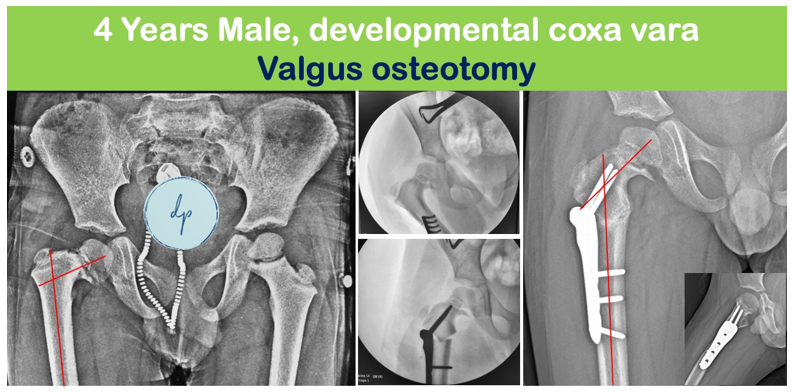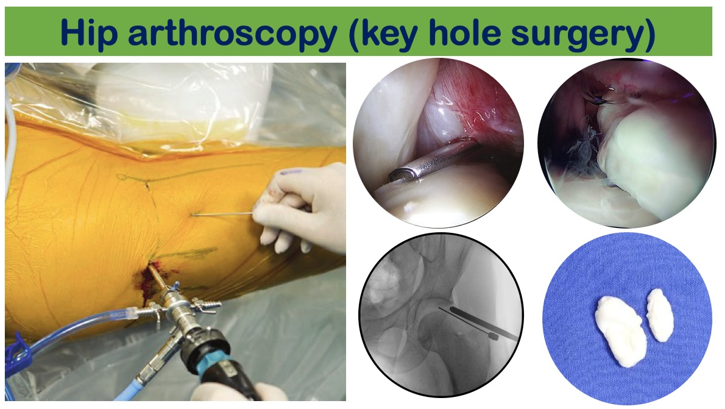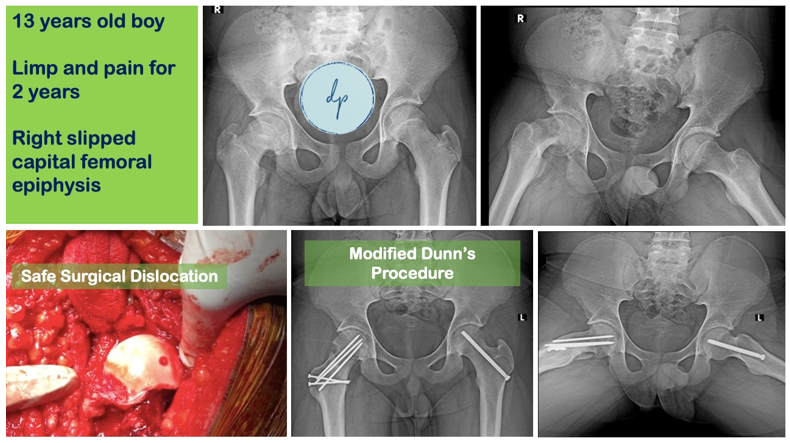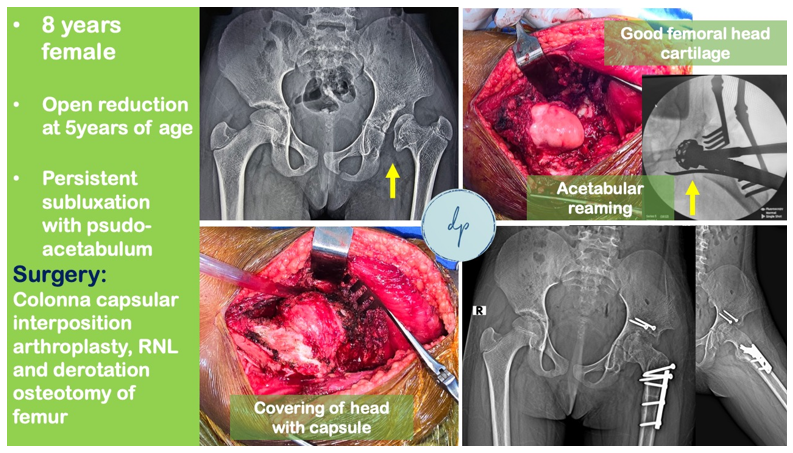d79ee4.png)
Hip Preservation Surgery
Hip preservation is based on the idea that some common hip problems, when identified early, can be addressed with a surgical intervention to improve the mechanics of the hip joint. The goal is to delay or prevent the development of painful arthritis, which often leads to a total hip replacement in many patients. The procedures are typically performed on teenagers and young adults, before damage to the joint has occurred, but there is no age limit. Conditions such as hip dysplasia, femoroacetabular impingement (FAI), and other conditions such as avascular necrosis (AVN), Perthes disease, and slipped capital femoral epiphysis (SCFE) have a higher likelihood of developing hip arthritis, if neglected. Over time, these conditions can lead to a mechanical problem around the hip that is painful, especially with certain activities.
Many of the hip conditions that could benefit from hip preservation procedures started in childhood or adolescence. Some conditions, such as hip dysplasia, are screened for at a very young age in at-risk populations. But for some patients, the condition may not always be detected until later in life. Similarly, conditions such as femoroacetabular impingement (FAI) tend to develop slowly over time, starting in adolescence and may not be symptomatic until patients are in their second or third decade.
Dr. Durga Prasad Valleri is a distinguished hip preservation surgeon with specialized training from two renowned institutions. Ganga Hospital and the Amara Hip Preservation Centre. With a strong foundation in cutting-edge techniques and extensive experience in hip preservation, Dr. Valleri is dedicated to providing exceptional care and innovative solutions for patients. His expertise includes advanced surgical and non-surgical treatments aimed at alleviating pain, improving function, and enhancing the quality of life for individuals with hip disorders. Dr. Valleri's commitment to excellence and patient-centered approach makes him a trusted name in hip preservation surgery.
Basic Principles and four pillars of hip preservation: 1. Availability of healthy cartilage 2. To provide impingement free motion 3. To correct instability (dysplasia) 4. To optimize hip abductors function
Conditions that may benefit from hip preservation surgeries:
- Hip Dysplasia (DDH), from infants to adults
- Slipped Capital Femoral Epiphysis (SCFE)
- Perthes Disease
- Coxa Vara
- Proximal Femur Focal Deficiency (PFFD) And Congenital Short Femur
- Femoroacetabular Impingement (FAI)
- Post Septic sequel of Hip
- Avascular Necrosis (AVN)
- Cartilage And Bone Grafts
- Tumors Around Hip Joint
- Post traumatic hip deformity
Hip Arthroscopic procedures:
- Femoro-acetabular impingement – cam osteoplasty, rim trimming, labral repair and reconstruction
- Loose body removal
- Synovial disorders like PVNS
- Septic arthritis of hip joint
- Cartilage disorders

Open hip preservation procedures:
- Safe Surgical dislocation (SSD) approach
- Modified Dunn’s procedure for SCFE
- Proximal femur osteotomies (femoral Neck osteotomy, varus and valgus osteotomies) Head reduction osteotomy
- Relative neck lengthening (RNL)
- Periacetabular osteotomies (PAO)
- Triple pelvic osteotomy and other acetabular osteotomies (Pemberton, Dega…)
- Colonna capsular interposition arthroplasty
- SUPER Hip procedure for PFFD


